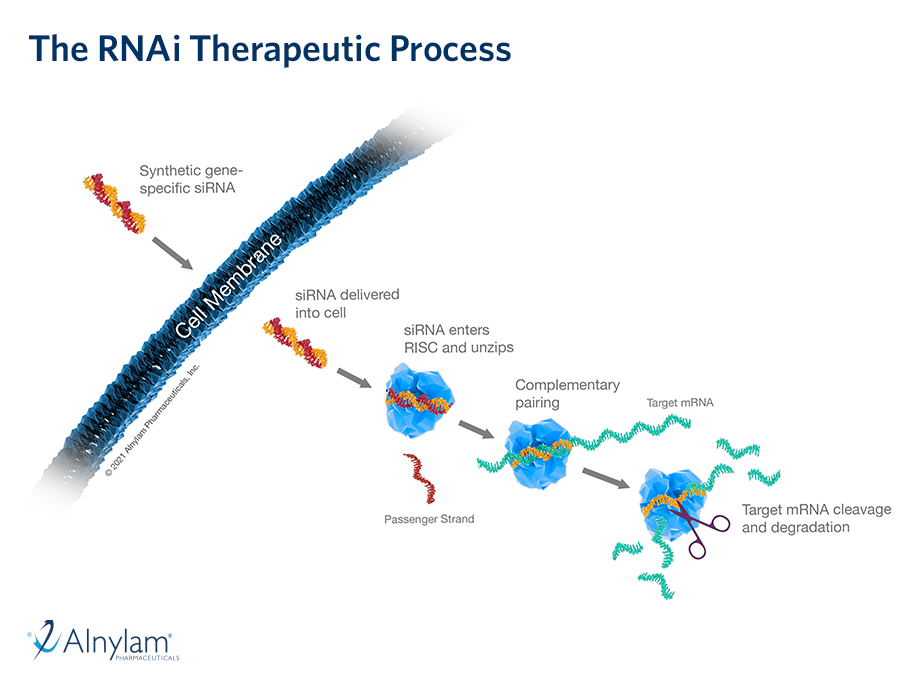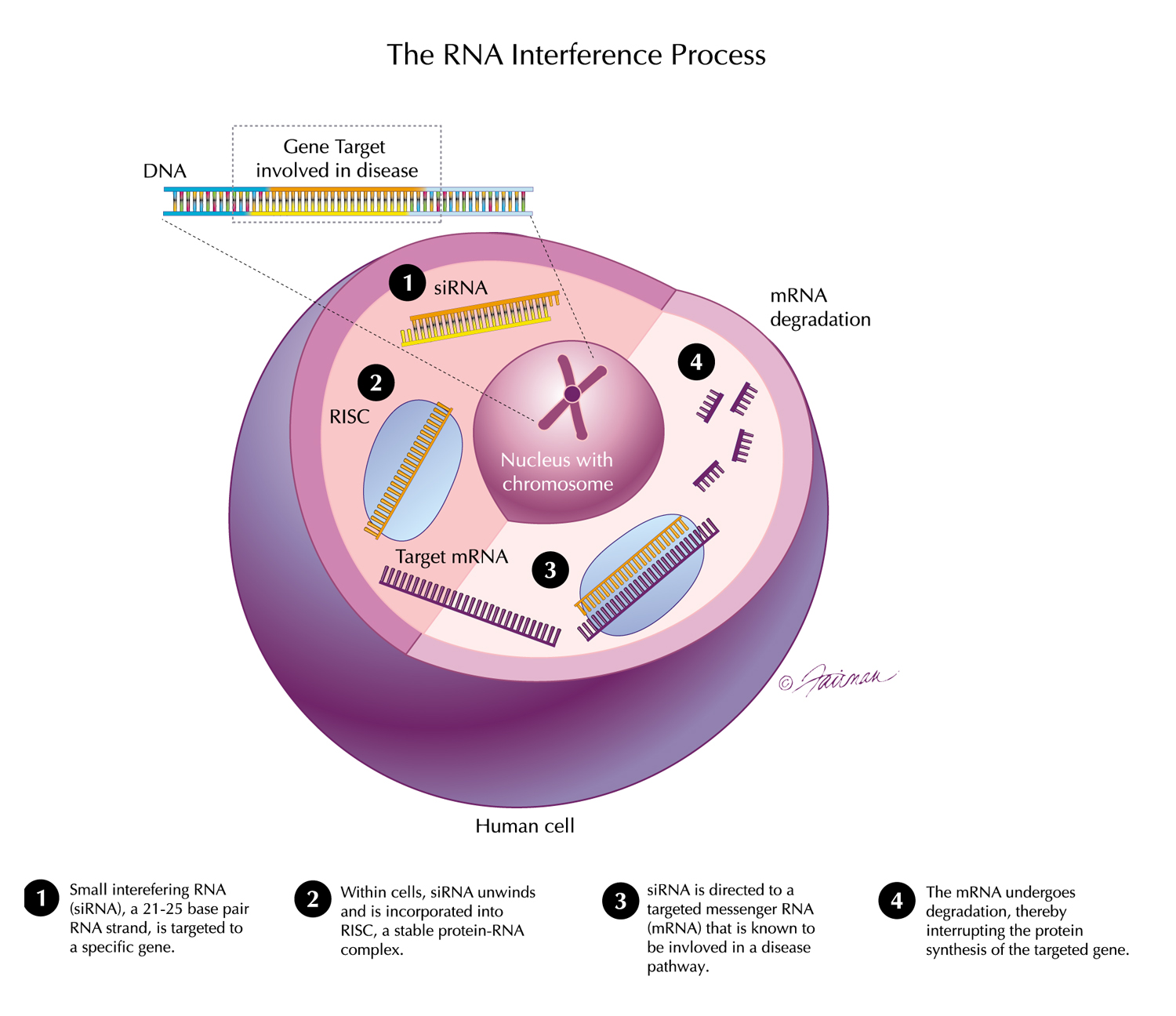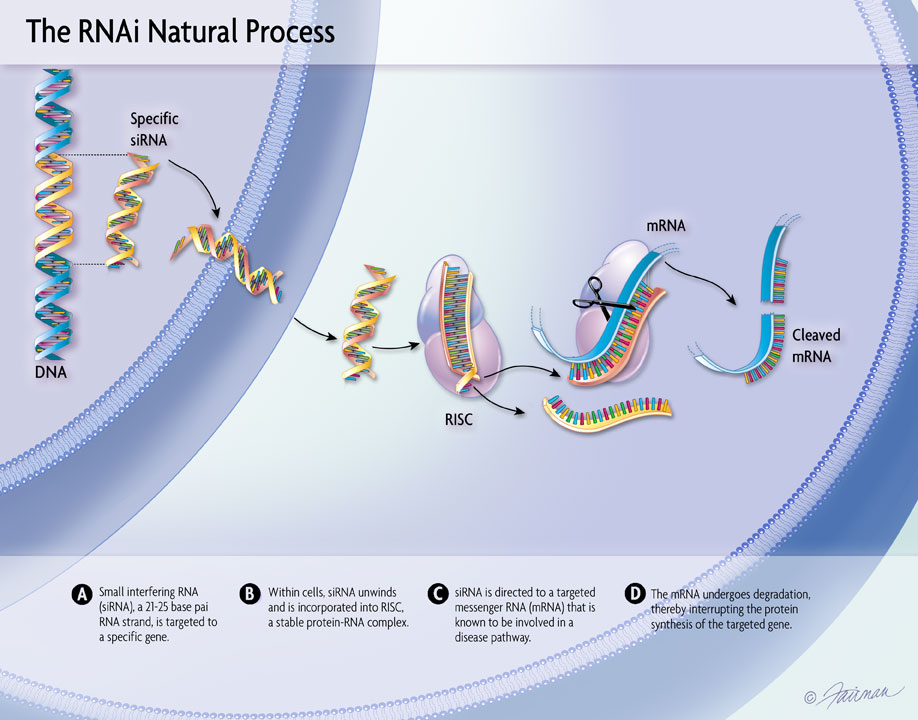11 Oct, 2018 New Clinical Results from APOLLO OLE Study at 2018 AANEM Annual Meeting
We presented new 12-month efficacy and safety data with patisiran from the APOLLO Global Open Label Extension (OLE) Study at the 2018 American Association of Neuromuscular & Electrodiagnostic Medicine Annual Meeting, held October 10-13, 2018 in Washington, DC.





